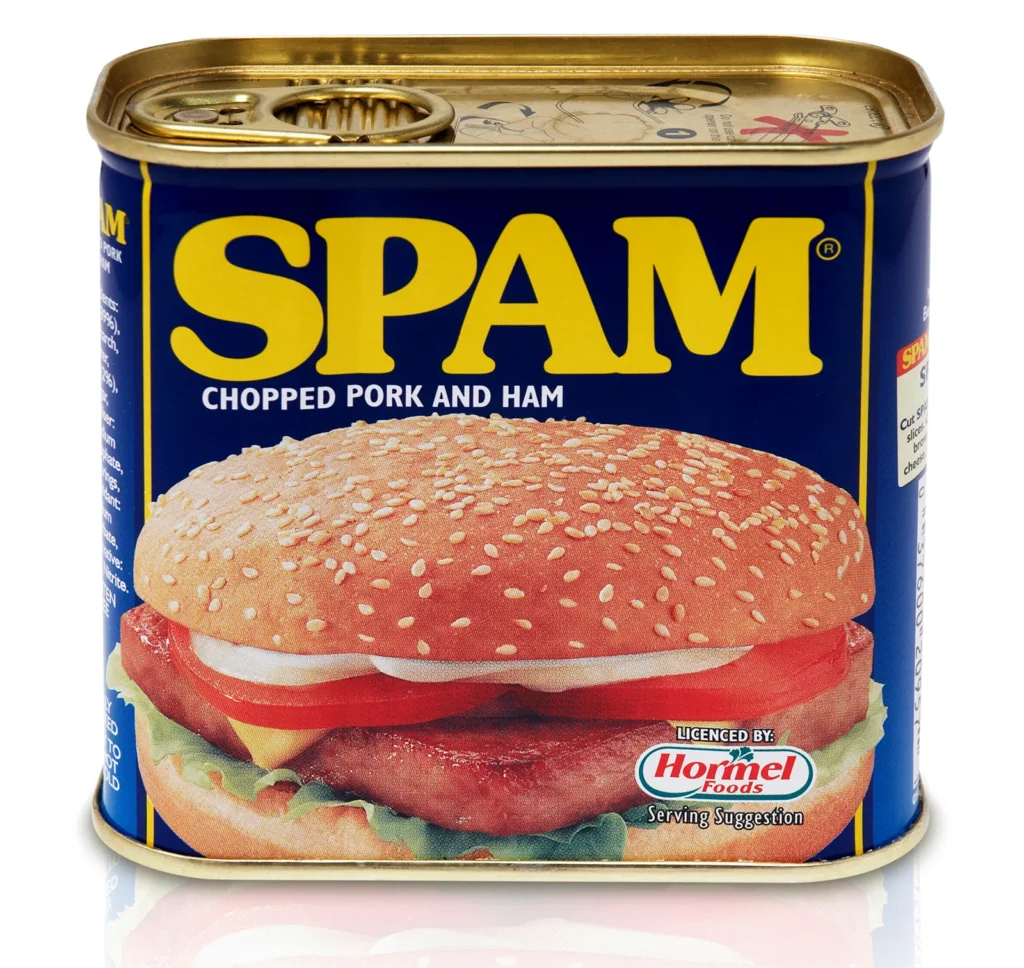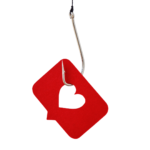Before we get into the nitty-gritty, it’s important to understand that Nofollow is a directive for search engines, not a penalty or something to be scared about.
What is Nofollow in SEO?
- 1 What is Nofollow in SEO?
- 2 What is a Nofollow tag or attribute?
- 3 What is a Nofollow link?
- 4 What does Google say?
- 5 What is the difference between Nofollow and Dofollow links?
- 6 Who uses Nofollow links?
- 7 What does Google have to say on Nofollow links?
- 8 Nofollow vs Dofollow: Which is better for SEO?
- 9 How to check if your link is Nofollow?
- 10 Conclusion: Does Nofollow even matter?
In a nutshell, Nofollow in SEO simply means that a backlink or hyperlink shouldn’t influence SEO or search engine rankings.
While Google claims Nofollow links don’t impact rankings, many SEO experts believe they still play an indirect role given they can:
- Increase referral traffic
- Increase brand visibility
- Help search engines discover new pages
What is a Nofollow tag or attribute?
Introduced in 2005 as a means to reduce the amount of spamdexing and improve the quality of search results, the Nofollow attribute was made available to give webmasters better control over their linking.
An example of a Nofollow attribute looks like this:
<a href=”awebsite.com” rel=”nofollow”>Click here</a>
The attribute is this part is an HTML tag (rel="nofollow") and is applied to links to prevent search engines from passing ranking power (or “link juice”) to the destination site and their SEO. Websites use the Nofollow tag when linking from a variety of different content types.
For example:
- User-generated content (forum posts, blog comments)
- Paid links (advertisements, sponsored posts)
- Press releases (promotional style news posts)
To understand more about paid links and the impact of buying backlinks as a part of an SEO strategy, please read below:
Is Buying Backlinks Safe? Do Paid Links Have a Place in Modern SEO? [UPDATED]
Also, be sure to read our guide below which provides a simple SEO explanation while covering all of the fundamentals, from keywords to backlinks.
SEO Basics: The Simple SEO Guide for Website Owners [UPDATED]
What is a Nofollow link?
Crucially, a Nofollow link is one that indicates to search engines that the hyperlink should not be followed.
This means the hyperlinks are simply for human visitors to follow and not search engines.
The “link” part refers to the rest of the HTML, the part of the HTML tag that declares this is an anchor or hyperlink (<a href="...">)
<a href=”awebsite.com” rel=”nofollow”>Click here</a>
Regular hyperlinks, which contribute to SEO rankings, simply omit the Nofollow attribute and the HTML code like this:
<a href=”awebsite.com”>Click here</a>
What does Google say?
Google’s spam policies specifically aim to protect users and enhance the quality of search results by prohibiting deceptive SEO practices.
One of the most common forms is “link spam” where website owners and marketers engage in link buying or selling to manipulate search engine rankings.
This violates Google’s guidelines and can lead to penalties, including reduced search rankings or removal from results.
For more information, read Google’s documentation below:
What is the difference between Nofollow and Dofollow links?
Technically speaking there is no such thing as a “Dofollow” attribute or tag.
All links are followable by default and only become Nofollow if the rel="nofollow" tag is applied as shown in the above HTML examples.
That said, people who practice link building strategies or methods to acquire backlinks will typically use the phrase “Dofollow”, meaning they don’t want the backlink to have a Nofollow attribute applied.
Best Link Building Strategies: Top 10 Tips for Building High-Quality Backlinks [UPDATED]
Backlink Your Way to SEO Success: An Up-To-Date Link Building Guide [UPDATED]
Who uses Nofollow links?
Used initially by webmasters in their forums, comments and other user submission engines, Nofollow links were thought to reduce the amount of spam by deterring tools and spammers from using comments as a means of link building.
Later other types of sites started paying closer attention to Google’s spam policies to avoid incurring potential penalties, which meant that most reputable publications, blogs, and press release sites began adding the Nofollow attribute as standard.
This also had the effect of putting many sites built for SEO out of business, including many article directories and link building directories specifically described as tools for SEO.
Some of the more popular examples include:
- EzineArticles – Once a go-to site for SEO-driven content, it was hit hard by Google’s algorithm updates.
- ArticleBase – A well-known article directory that lost visibility after search engines cracked down on low-quality, keyword-stuffed content.
- BuildMyRank – A private blog network (PBN) that was de-indexed by Google for violating link-building guidelines.
- GoArticles – Another major article directory that suffered a decline as Google devalued mass-produced, low-quality content.
These sites thrived during a time when quantity mattered more than quality and spam link building worked, but once Google’s algorithms started demoting and penalising these practices, they quickly became obsolete.
Nowadays, most websites apply the Nofollow tag by default for external links and only remove the Nofollow attribute in special circumstances, for example, when they are using or sharing something useful that they want to attribute back to the author.

Google Penguin algorithm updates and spam policies specifically aim to reduce link spam
What does Google have to say on Nofollow links?
The Google Webmasters YouTube Channel states that Nofollow links cannot harm a site’s reputation.
However, they went on to say that Google could still take manual action against sites that they deemed to be spamming regardless of whether the Nofollow tag was used.
Nofollow vs Dofollow: Which is better for SEO?
Google’s stance on Nofollow links has changed over time.
Initially, in 2005, the Nofollow attribute was used to combat spam, specifying that such links would not pass PageRank or influence search rankings.
However, as of March 1, 2020, there was a subtle shift where Google started treating the Nofollow attribute as a “hint” rather than a directive for crawling and indexing purposes.
This means that while Nofollow links generally don’t have a direct impact on SEO, Google may choose to consider them in certain situations.
They can still of course have indirect effects on SEO, such as driving traffic and contributing to a natural backlink profile.
A common misconception is that Nofollow links can’t drive traffic, well they can, and the traffic they provide can still be seen using tools like Google Analytics. Nofollow links can also be seen in your Google Search Console account.
So, in an ideal world, you’d want a mix of both.
Google expects websites to have a natural backlink profile – a combination of Dofollow and Nofollow links.
- DoFollow links help with rankings.
- NoFollow links bring traffic and can indirectly boost SEO.
Don’t forget, some of the highest quality websites on the Internet still provide great quality traffic using Nofollow links, Wikipedia is a great example.
Wikipedia will provide a Nofollow link, meaning it shouldn’t pass “link juice”, but it can send tons of referral traffic – which Google sees as a positive signal.
If you are faced with one or the other, as a general “rule of thumb” it’s always better to have a Nofollow backlink from a high-authority and relevant website rather than a Dofollow link from a low-quality website that could be seen as spam.
How to check if your link is Nofollow?
Many website owners are fooled into believing they are being given followable links, which then turn out to be Nofollow links.
The key to this is understanding where the Nofollow links are generated and how.
Plenty of people utilise social networking sites like Facebook and Pinterest to publish/share links to their URLs. Many do this because they believe that generating links like these will not only be a useful source of traffic generation for their site but also to produce influential backlinks for SEO.
The fact is, links published by virtually all of these sites automatically convert the hyperlinks to Nofollow links.
Some platforms like LinkedIn even add JavaScript redirects, while others (larger PR/news outlets for example) will even go as far as removing the links afterwards if they feel it has been added for SEO reasons.
To find out whether this is happening, the only way is to check the source code (click ‘view source’ or ‘inspect’) and look for the rel="nofollow" tag.
In many cases, you may even need to go back a days or weeks later to check if the tag has been manually added, or worse, the link removed entirely.
This doesn’t mean that posting to social media sites isn’t a great marketing strategy. Nor does it mean that Nofollow links aren’t useful in their own right to create organic growth.
It just means being aware of the difference between the two and their potential impact on search engine rankings.
![Nofollow links competitive landscape analyzer - dofollow vs nofollow links & seo: the truth about the nofollow tag [updated] Nofollow links competitive landscape analyzer](https://opace.agency/wp-content/uploads/2017/04/nofollow-links-competitive-landscape-analyzer.jpg)
A good ratio of nofollow/follow links is important.
Conclusion: Does Nofollow even matter?
The reality is that modern SEO is all about focusing on creating helpful, people-first content that adds genuine value. Google’s E-E-A-T (Experience, Expertise, Authoritativeness, and Trustworthiness) framework should be first and foremost in the mind of anybody undertaking SEO as this helps to establish what’s most important.
With this in mind, it’s actually counter-productive to think about Nofollow or Dofollow links as these don’t contribute towards the goal of creating helpful content or demonstrating qualities like expertise and trustworthiness. The same even applies to thinking about “link building” as a technique to improve SEO.
Our best advice is to just forget about Nofollow attributes and link building completely. What’s far more important is to educate yourself on the fundamentals of SEO content and invest your time in being creative, engaging, thought-provoking, and providing unique insight.
If you focus on what matters most, high-quality traffic will follow, and your SEO will improve organically.
If you need professional SEO agency support, contact us today and we’ll help you implement an SEO strategy that’s carefully crafted to generate high-quality results by following best practices and modern standards.
We’d love to hear your feedback. Please drop us a comment below or on social media to share your own insights and opinions on Nofollow links and their role in SEO.





0 Comments